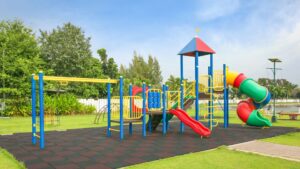Designing a community park is more than just placing playground equipment and benches in an empty lot. It’s about creating a vibrant, welcoming space that promotes physical activity, fosters community interaction, and ensures long-term sustainability. Whether you’re working on a new park project or renovating an existing one, it’s crucial to follow a strategic, thoughtful approach to ensure the park’s success.
This guide walks you through the essential steps for creating an engaging community park that meets the needs of residents while fostering long-term enjoyment and social connection.
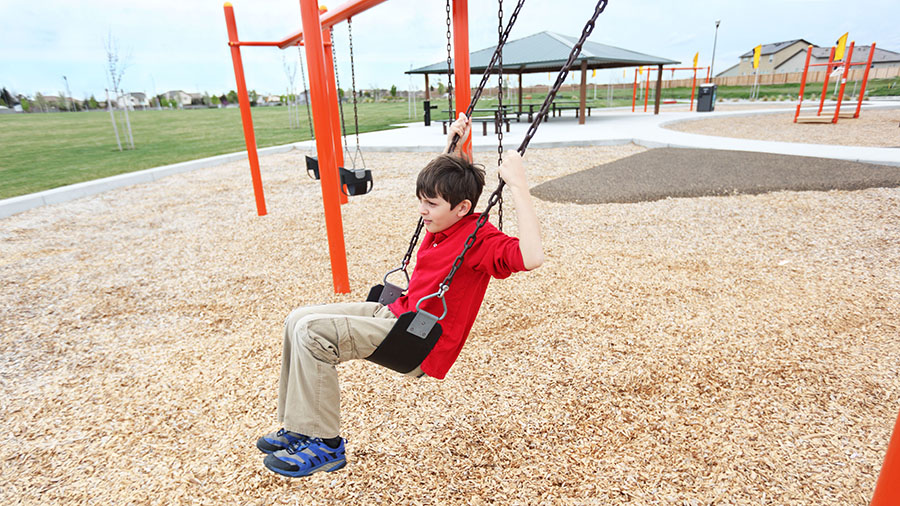
Step 1: Selecting the Ideal Park Location
Key Considerations for Location
The success of your community park largely depends on its location. To ensure high foot traffic and usage, follow these guidelines:
- Accessibility: The park should be easily reachable by foot, bike, or public transportation. Consider areas near schools, residential neighborhoods, and commercial districts.
- Public or Private Land: Check the availability of unused public land or consider partnering with private landowners to make the park accessible to the community.
- Space for Essential Amenities: Ensure there is enough space for playground equipment, walking paths, restrooms, parking lots, and furnishings.
- Proximity to Schools & Community Needs: Parks near schools can become community hubs after school hours. Moreover, assess community needs such as spaces for sports or quiet areas for reading.
Pro Tip: Use a survey to understand local preferences. For example, do residents want a dedicated soccer field or a community garden?

Step 2: Engaging the Community in Planning
Why Community Engagement Matters
Involving the community in the planning process enhances the park’s relevance and usage. Community input fosters a sense of ownership, making locals more likely to take care of the park.
- Methods of Engagement: Use surveys, focus groups, and town hall meetings to gather feedback from local residents. Online forums and social media can also provide valuable input from a wider audience.
- Listen to Local Needs: Ask questions like: What activities do children enjoy? Are there enough spaces for sports, relaxation, or cultural events?
- Community Ownership: Encourage local businesses, organizations, and schools to participate in planning and even sponsoring park features.
Pro Tip: Offer volunteer opportunities during the park’s design and construction phases to strengthen community ties.

Step 3: Designing for Diverse Activities
A Well-rounded Park Design
An engaging community park should cater to all age groups and interests. Incorporate spaces for both active and passive activities:
- Playgrounds and Sports Facilities: Include a mix of sports fields, basketball courts, and playground equipment. These facilities promote active engagement.
- Shaded Relaxation Zones: Quiet areas with benches or picnic tables are essential for parents and elder looking for a peaceful space.
- Nature Trails & Community Gardens: Provide walking paths, sensory gardens, and green spaces for those who prefer relaxation or nature-based activities.
Pro Tip: A mix of amenities ensures the park appeals to families, sports enthusiasts, and individuals seeking solitude.
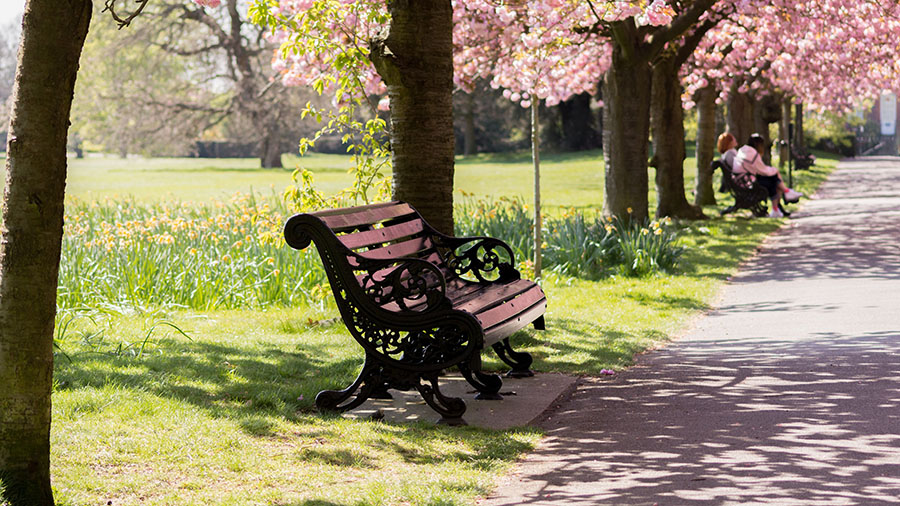
Step 4: Choosing Appropriate Playground Equipment
Selecting Age-Appropriate Equipment
Playground equipment is a central feature of community parks. When selecting equipment, ensure it’s suitable for various age groups, from toddlers to older children.
- For Toddlers: Low climbers, gentle slides, and safe swings (under 32 inches) are ideal for younger children.
- For School-Age Children: More complex structures like rope courses, large slides, and balance beams should be included for older kids.
- Inclusive Equipment: Install equipment that caters to children with disabilities, such as swings with harnesses or wheelchair-accessible play areas.
Pro Tip: Consult with playground equipment suppliers to get recommendations tailored to your park’s needs.
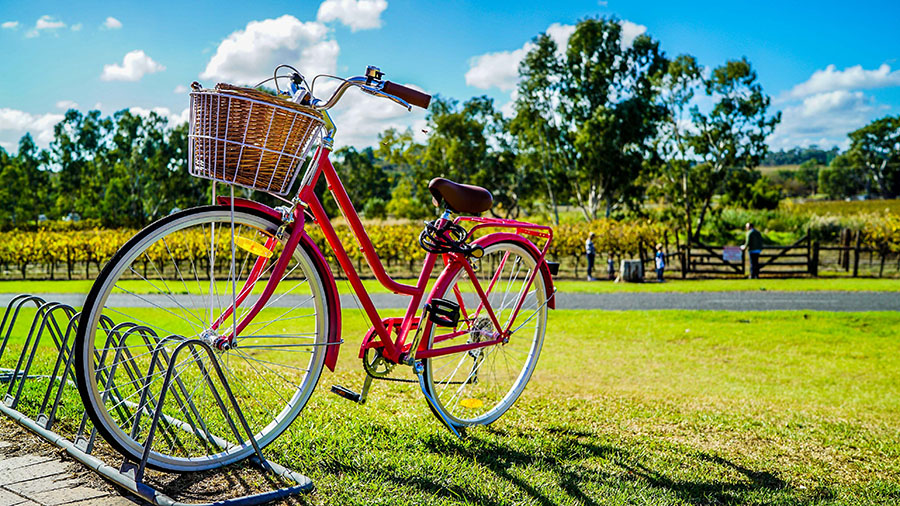
Step 5: Ensuring Accessibility and Inclusivity
Universal Design Principles
Creating a truly inclusive park means ensuring all children, regardless of ability, can enjoy the space. Here are some key considerations:
- ADA Compliance: Ensure your park exceeds ADA standards, with accessible pathways, seating areas, and play equipment for children with mobility aids.
- Sensory Play Areas: Cater to children with sensory processing disorders by incorporating tactile, visual, and auditory play features.
- Safe, Non-Slip Surfaces: Use smooth, non-slip materials that cater to children with physical disabilities or those who need assistance.
Pro Tip: Collaborate with inclusivity-focused design experts to ensure your park supports diverse needs.
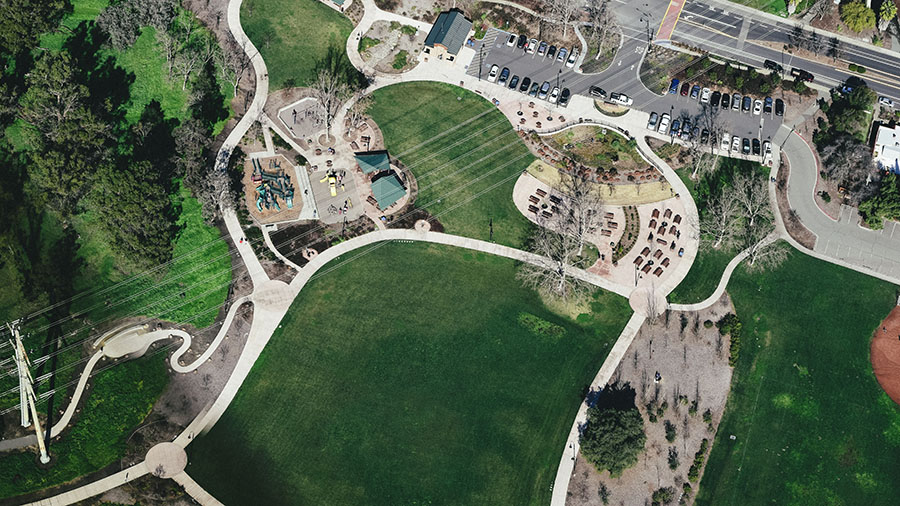
Step 6: Incorporating Natural Elements and Landscaping
Nature-based Park Features
Incorporating natural materials and green spaces in your design offers multiple benefits:
- Sustainability: Use locally sourced plants and trees to reduce environmental impact and support local wildlife.
- Rain Gardens and Water Features: These natural features help manage stormwater runoff while enhancing the park’s aesthetic.
- Nature Play Areas: Encourage children to interact with nature by creating play areas that integrate natural elements like logs, rocks, and sand.
Pro Tip: Include areas where visitors can engage in passive recreation, such as shaded rest areas surrounded by greenery.
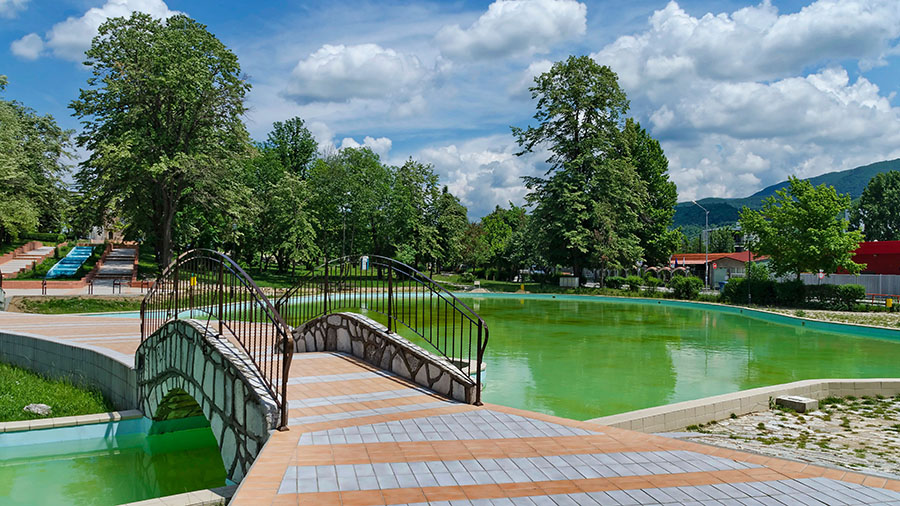
Step 7: Ensuring Safety Features
Safety Comes First
Creating a safe park is paramount for both children and adults:
- Safety Surfacing: Use impact-absorbing materials like rubber mulch, engineered wood fiber, or poured-in-place rubber to cushion falls and reduce injury risks.
- Regular Inspections: Schedule routine safety inspections to check for worn equipment, cracks in surfacing, or any other hazards.
- Weather-resistant Materials: Choose materials that can withstand changing weather conditions and prevent accidents caused by slippery or uneven surfaces.
Pro Tip: Use clear signage to indicate areas with specific age-appropriate equipment, helping parents monitor their children’s play.

Step 8: Adding Site Furnishings for Comfort
Functional and Attractive Furnishings
Comfortable site furnishings can enhance the overall park experience:
- Benches and Picnic Tables: These are essential for families to relax, share meals, and enjoy the outdoors.
- Trash Receptacles: Ensure there are enough trash bins to maintain cleanliness and promote responsible waste disposal.
- Durable Materials: Choose materials for furnishings that can withstand the elements, such as recycled plastic or metal.
Pro Tip: Position seating areas near play zones, allowing parents to watch their children comfortably while enjoying the park.
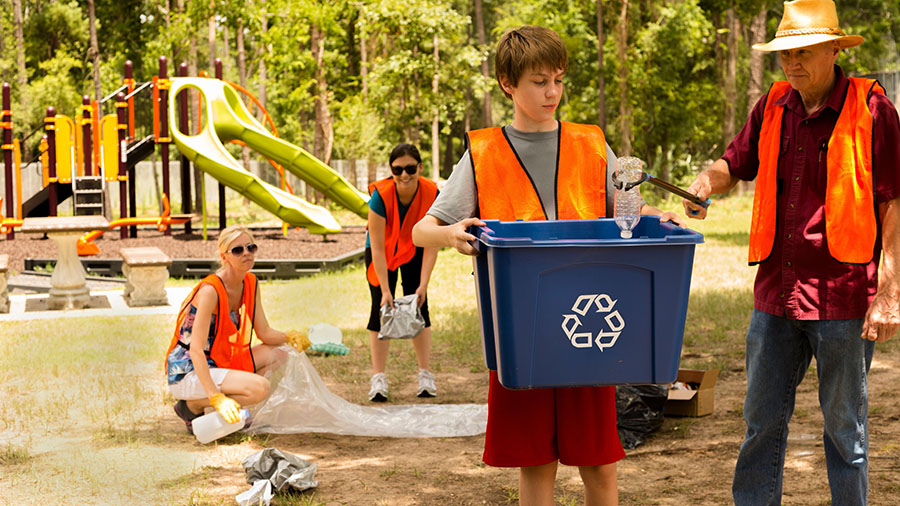
Step 9: Planning for Long-term Maintenance and Community Engagement
Sustaining the Park’s Success
Maintaining the park after its grand opening is crucial for ensuring it remains a safe, clean, and welcoming space:
- Routine Maintenance: Set up a maintenance schedule to inspect equipment, replace damaged parts, and clean the park regularly.
- Community Involvement: Foster a sense of ownership by involving local residents in park upkeep through volunteer opportunities or community maintenance days.
- Feedback Loops: Gather feedback from the community post-opening to make adjustments and keep the park aligned with residents’ needs.
Pro Tip: Invest in long-lasting materials and sustainable designs to minimize future costs and maintenance needs.
Bring Your Community Park Vision to Life
Creating an engaging community park takes careful planning, thoughtful design, and collaboration with local stakeholders. By following these 9 essential steps, you can create a park that not only meets community needs but also serves as a hub for social interaction, physical activity, and environmental sustainability.
If you’re ready to start planning your community park, contact us for expert advice, design consultations, and top-quality playground equipment options.


